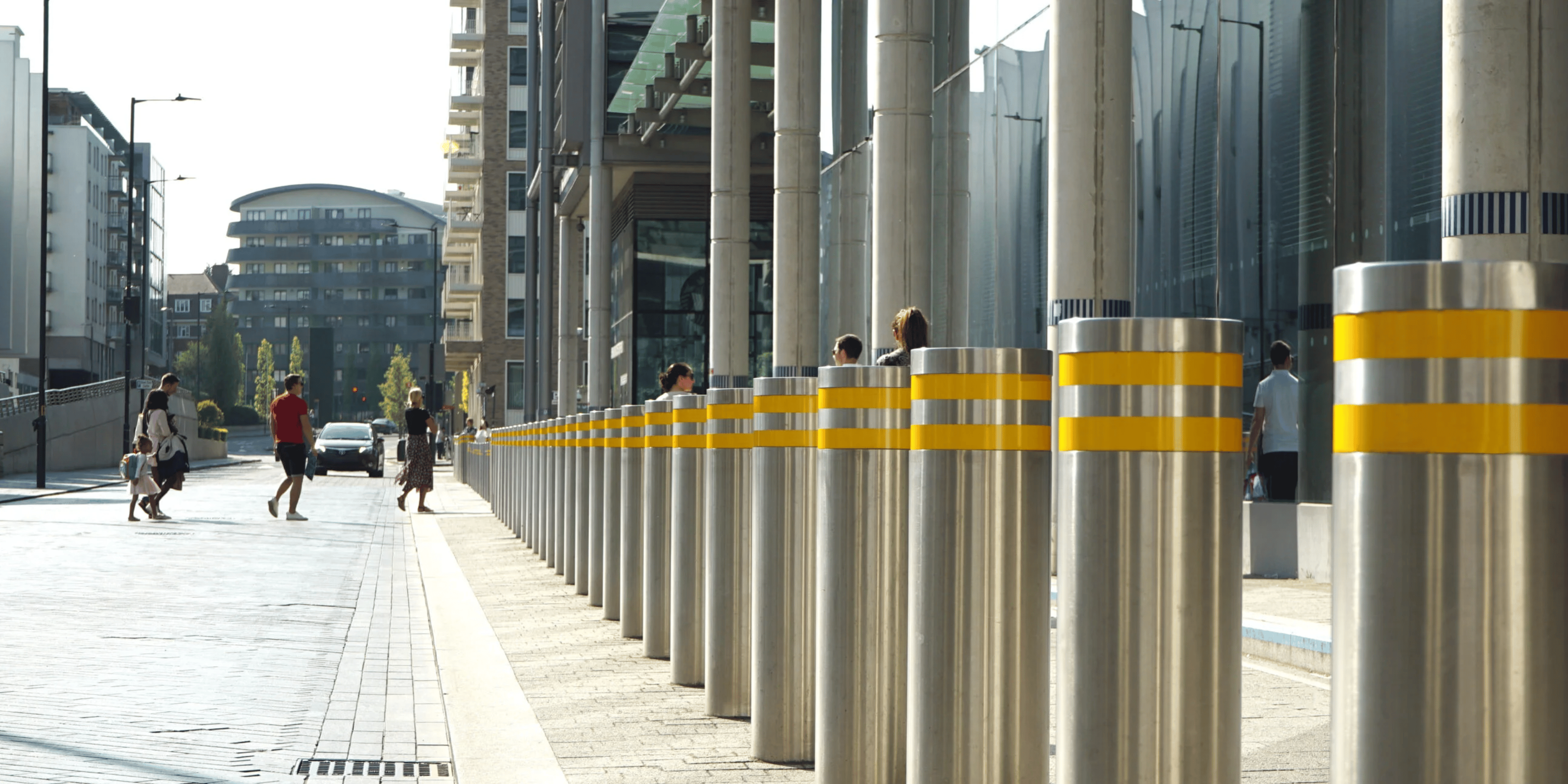
10 Business Security Solutions for Construction Site Managers

Overview
The article highlights ten essential business security solutions specifically designed for construction site managers. It focuses on critical measures such as AI-powered surveillance, access control systems, CCTV, and on-site security personnel, all aimed at mitigating risks like theft and vandalism. The reality is that implementing these tailored solutions not only enhances site safety and operational efficiency but also addresses the significant financial and reputational threats faced by the construction industry. Reported annual losses due to security breaches further underscore the need for such measures.
In practise, security is often an underestimated business function, yet it plays a crucial role in ensuring resilience and continuity. The implications of ignoring these risks can be severe, leading to substantial financial losses, operational disruptions, and damage to reputation. Therefore, early investment in robust security measures is not merely advisable; it is essential to prevent greater losses in the future.
Priority First emerges as a pragmatic solution, offering a suite of services that are both effective and economically sound. With a proven track record of securing over £1.6bn in assets and maintaining rapid response times, Priority First positions itself as a trusted partner in navigating the complexities of construction site security. The lesson is clear: investing in security is investing in business continuity.
Introduction
The construction industry faces a significant increase in security threats, evidenced by over 12,979 burglaries reported in the UK in 2023. This statistic underscores the urgent necessity for construction site managers to implement robust security solutions that not only safeguard valuable assets but also maintain operational continuity. As the stakes escalate, project managers must consider how to effectively navigate the complexities of site security while ensuring a safe working environment. This article explores ten innovative business security solutions specifically designed for construction sites, providing insights into advanced technologies and strategies that can protect against theft, vandalism, and other potential risks.
Priority First Security Services: Tailored Security Solutions for Construction Sites
Priority First Security Services addresses a critical issue in the building sector: theft. In 2023, the UK construction industry reported over 12,979 burglaries, highlighting the urgent need for robust protective measures. This statistic underscores the financial and operational risks that construction projects face when security is overlooked. Ignoring these threats can lead to significant financial losses, operational disruptions, and reputational damage.
In practise, Priority First provides tailored protection solutions specifically designed for building sites, tackling challenges such as theft and vandalism while ensuring compliance with safety regulations. Our advanced technology—featuring AI-driven tools and intelligent CCTV systems—enhances the efficiency of on-site response teams, facilitating real-time monitoring and swift incident reactions. This proactive approach not only secures assets but also allows construction managers to concentrate on their core operations without the constant worry of security breaches.
The reality is that our comprehensive 24/7 CCTV monitoring service serves as both a deterrent and a tool for immediate threat detection. Your property remains under vigilant surveillance, even outside of regular hours. This service is particularly with diverse occupants, numerous deliveries, and heavy foot traffic, which can complicate safety measures. By integrating customised logistics management with our monitoring services, Priority First ensures that building sites are secure, organised, and efficient.
Furthermore, the significance of having experienced personnel cannot be overstated. The British Security Industry Association has reported a considerable shortage of licenced professionals, making trained on-site staff essential for effective safeguarding. Priority First’s commitment to tailoring protective services guarantees that each building project is equipped with the right blend of technology and human oversight, directly addressing safety challenges.
In conclusion, Priority First Security Services stands out by delivering a comprehensive range of protective solutions that not only mitigate risks but also enhance operational efficiency. This positions us as an indispensable partner for project managers navigating the complexities of today's safety landscape. Early investment in security measures is crucial to prevent greater losses in the future.
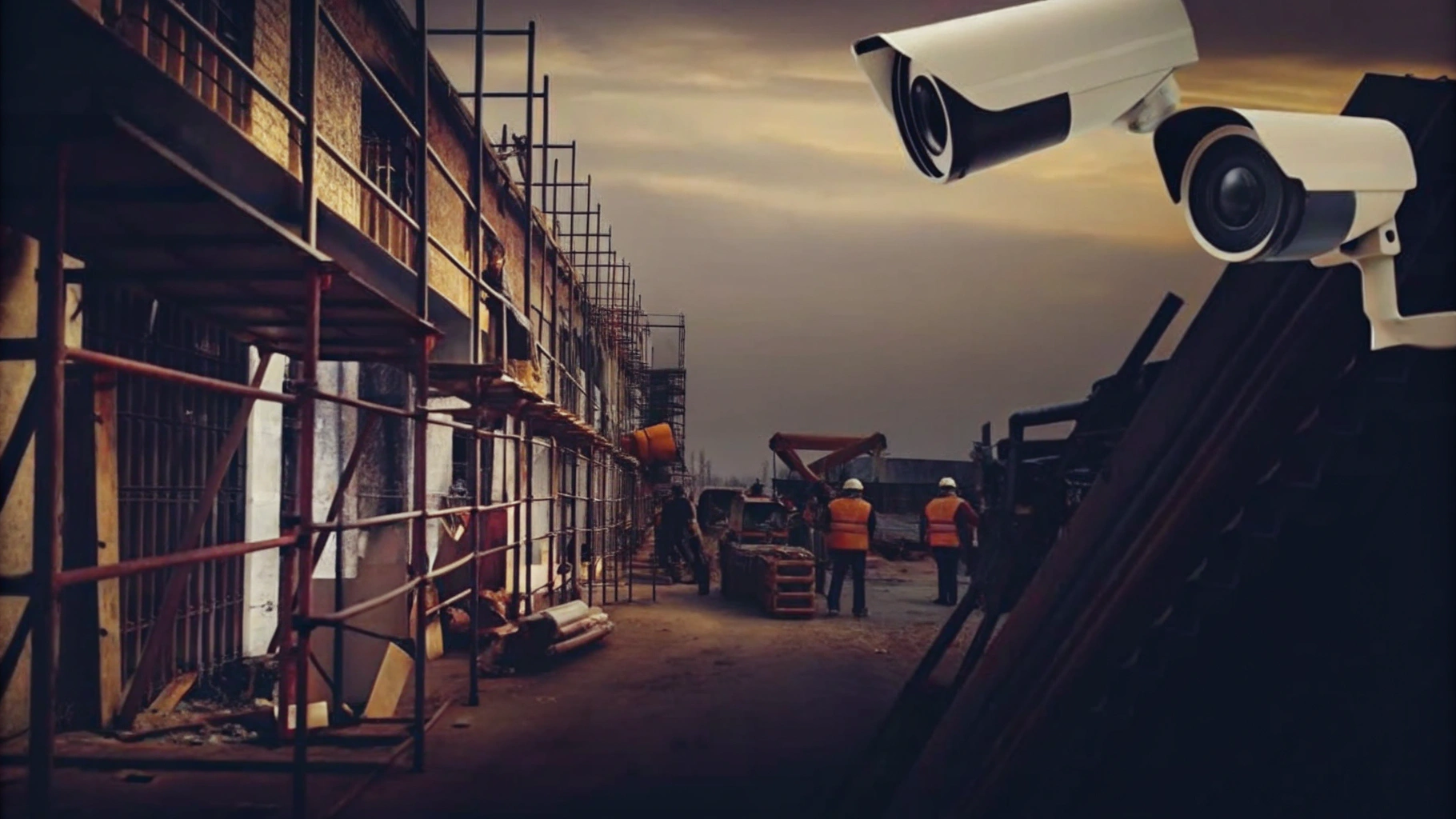
AI-Powered Surveillance Systems: Enhance Monitoring and Threat Detection
AI-driven surveillance systems are transforming building protection by offering real-time monitoring and advanced threat detection capabilities. These systems utilise intelligent video analytics to identify unusual behaviour, detect unauthorised access, and reduce false alarms. By integrating AI with traditional monitoring methods, construction managers can achieve a heightened level of security, facilitating quicker responses to potential threats and significantly enhancing overall safety on-site. For example, temporary CCTV towers equipped with high-definition cameras and 360-degree views enable continuous monitoring, effectively covering expansive areas with minimal manpower. This technology not only reduces reliance on human monitoring teams but also ensures that are swiftly identified and addressed.
In addition to AI monitoring, understanding Hostile Vehicle Mitigation (HVM) is crucial for comprehensive site security. HVM entails implementing physical measures such as bollards, barriers, and reinforced structures to prevent vehicles from being misused as weapons, especially relevant in construction sites where access points and public interactions are frequent. By adopting these HVM strategies, project managers can further bolster site security and protect against potential vehicle threats.
The construction sector faces over £800 million in theft and vandalism annually, underscoring the urgent need for AI solutions. Companies that embrace these innovations can anticipate improved compliance with safety regulations and a proactive stance on asset protection. The integration of AI in surveillance technology, along with HVM strategies, is not merely a trend; it is becoming essential for developing business security solutions to ensure secure and efficient building environments.
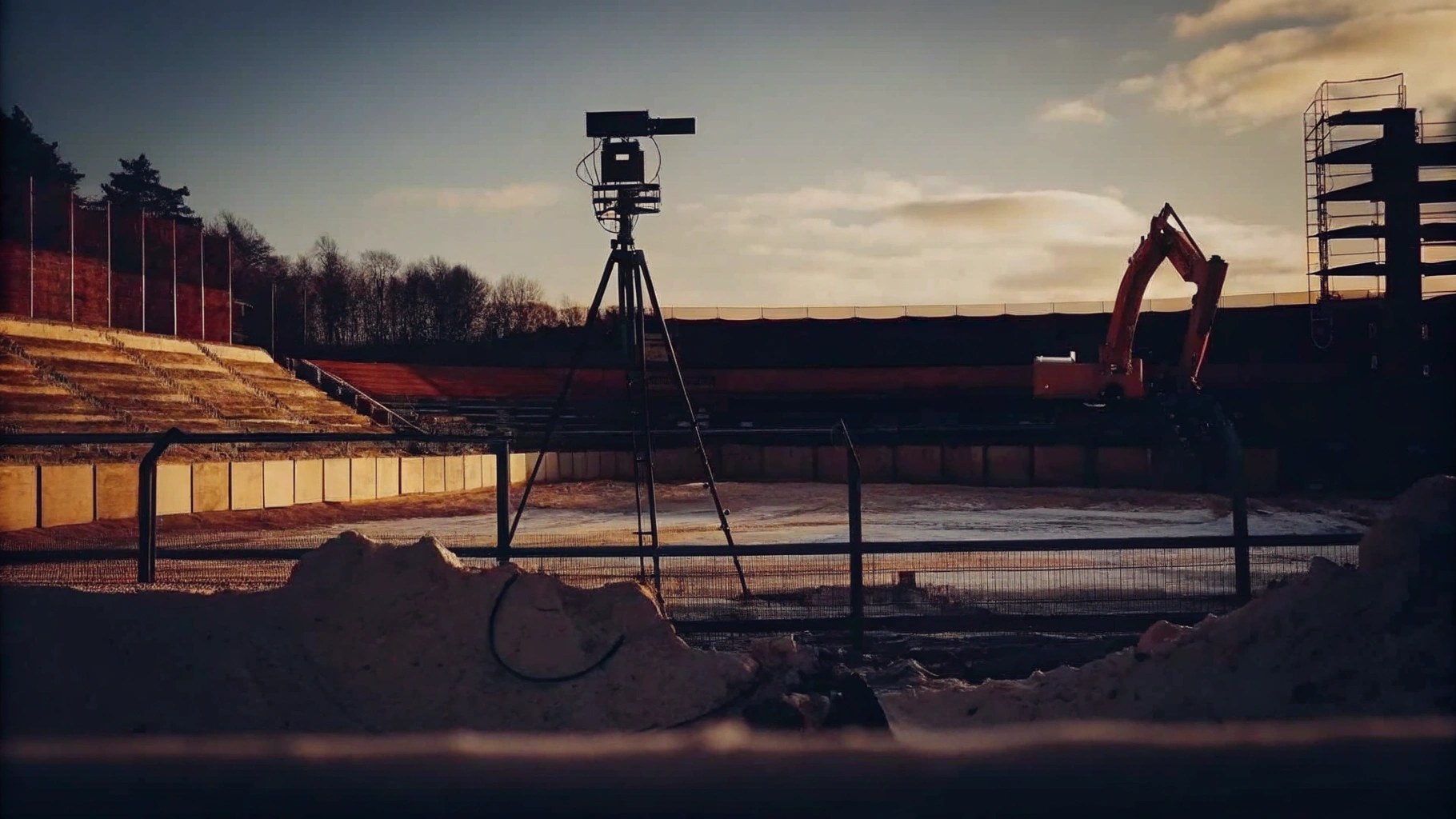
Access Control Systems: Manage Entry and Prevent Unauthorized Access
Access control systems are crucial business security solutions for managing entry and exit points at building locations, ensuring that only authorised individuals can access sensitive areas. These systems encompass various technologies, including biometric scanners, key cards, and turnstiles, each designed to enhance safety and optimise site operations. By implementing a robust access control strategy as part of their business security solutions, project managers can significantly mitigate the risk of theft and vandalism—issues that frequently plague the industry.
Biometric access control has emerged as a leading solution for building protection. This technology leverages unique physical characteristics, such as fingerprints or , to verify identity, rendering it nearly impossible for unauthorised individuals to gain entry. The effective deployment of biometric systems within business security solutions not only bolsters security but also improves operational efficiency by reducing the time spent on manual inspections.
Current trends reveal an increasing reliance on integrated access control solutions that merge biometric technology with traditional methods. This hybrid approach allows for greater flexibility and scalability, catering to the diverse requirements of various building projects. Experts assert that business security solutions, particularly a well-implemented access control system, can lead to a notable decrease in theft incidents, as it deters potential intruders and ensures that only qualified individuals are present on-site.
As the building sector continues to evolve, adopting advanced access management technologies will be crucial for implementing effective business security solutions and ensuring well-being. By prioritising personalised risk management and consulting services from Priority First—including threat evaluations and policy development—project managers can devise a tailored access control strategy that aligns with their specific risks and operational objectives. Implementing these business security solutions enables project managers to protect valuable assets, comply with safety regulations, and cultivate a secure working environment.
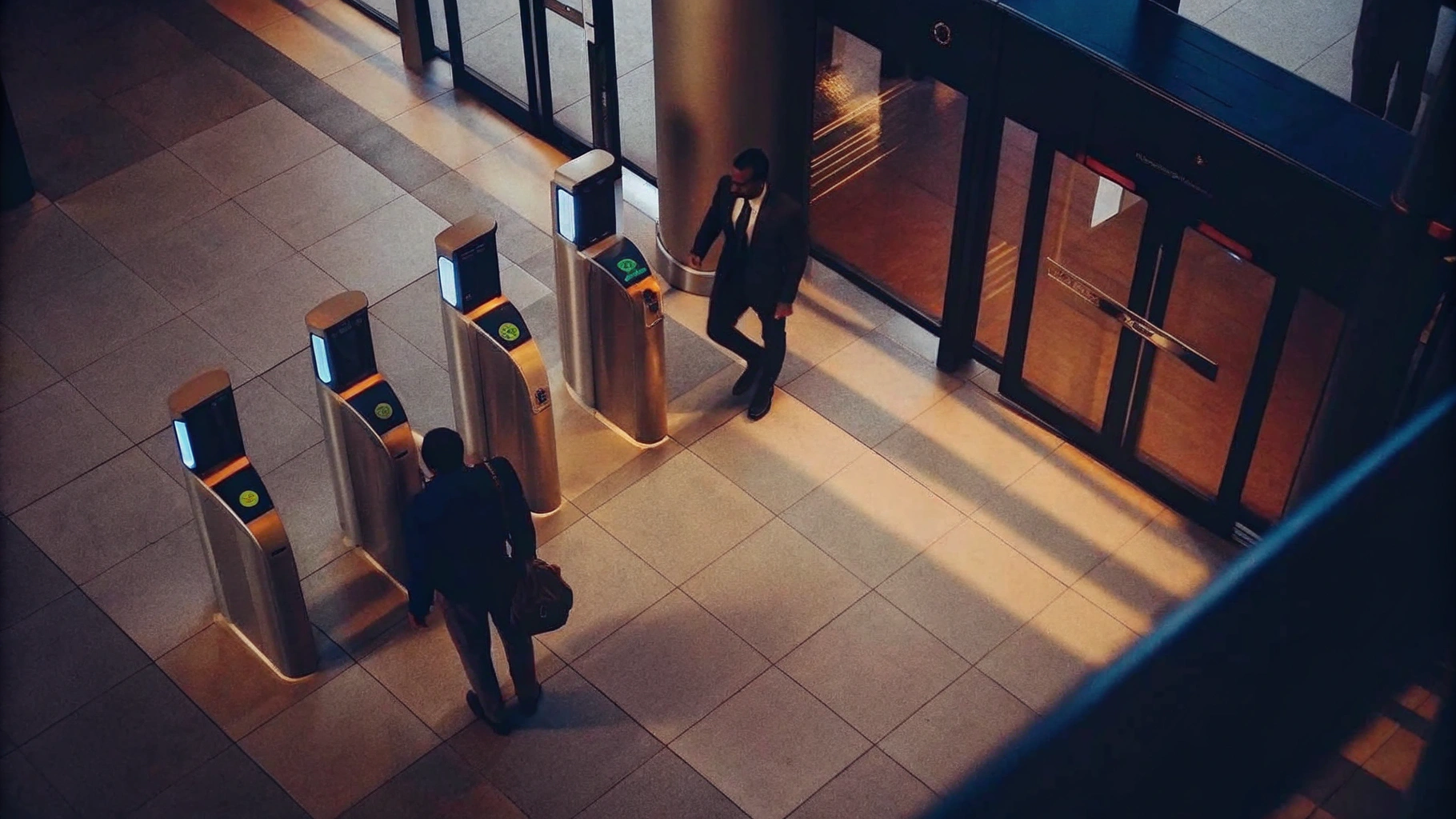
CCTV Systems: Visual Surveillance for Enhanced Security
CCTV systems serve as a crucial element of building safety, providing continuous visual monitoring that not only deters potential intruders but also offers vital evidence in the event of incidents. Modern CCTV technology includes features such as motion detection, night vision, and remote access, enabling managers to monitor activities in real-time from virtually any location. By strategically positioning cameras throughout a site, managers can significantly bolster security measures and ensure compliance with safety regulations.
Security experts emphasise that effective monitoring is essential for mitigating risks on construction sites. One expert remarked, "This proactive protective measure not only identifies potential offenders early but also deters them beforehand." Moreover, the integration of contemporary camera systems facilitates seamless monitoring, which is critical for upholding a safe working environment.
Real-world instances highlight the efficacy of CCTV in construction contexts. For instance, during the development of a multi-use facility on Kings Road, Priority First implemented comprehensive monitoring strategies, resulting in enhanced security and compliance with health and welfare standards. The capability to review footage not only aids in pinpointing safety hazards but also streamlines incident management by assisting in the completion of accident reports.
As the construction industry faces increasing challenges, the adoption of advanced CCTV systems, alongside high-volume monitoring and staffed security, becomes indispensable. These systems, which are considered , are designed for continuous oversight and equip project managers with the necessary tools to protect their assets and maintain a secure working environment. Additionally, Priority First's alarm response services ensure that alarms are addressed swiftly and effectively, providing peace of mind and safeguarding property. Site managers are legally required to monitor who is on-site at all times, further highlighting the necessity of robust surveillance measures. The typical response time from the alarm centre is under a minute, underscoring the effectiveness of these protective solutions.
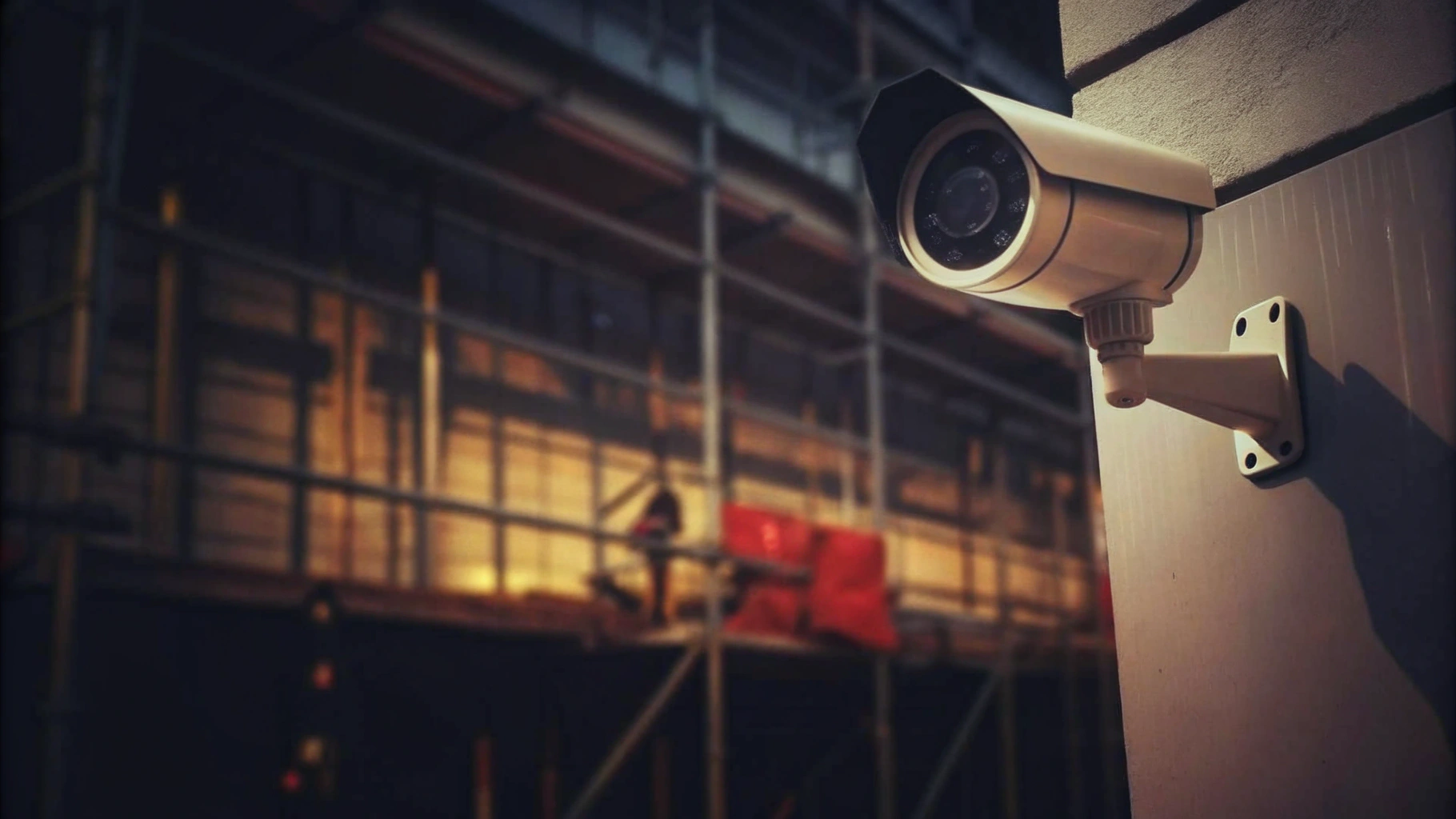
Intruder Alarms: Immediate Alerts for Unauthorized Access
Intruder alarms play a pivotal role in providing immediate notifications during unauthorised access to construction sites. These systems can be effectively integrated with motion sensors and perimeter protection measures to and alert personnel or law enforcement. The reality is that modern intruder alarms are designed to reduce false alarms while maintaining high sensitivity to genuine threats, ensuring accurate monitoring of site activity.
However, to genuinely enhance location protection, it is essential to adopt a comprehensive strategy that includes:
HVM strategies are crucial in preventing vehicles from being weaponized, while CCTV monitoring provides continuous surveillance, serving both as a deterrent and a tool for real-time threat detection. By implementing a reliable intruder alarm system alongside these integrated business security solutions, project managers can significantly bolster their site's safety posture and respond swiftly to potential threats, ultimately minimising damage and loss.
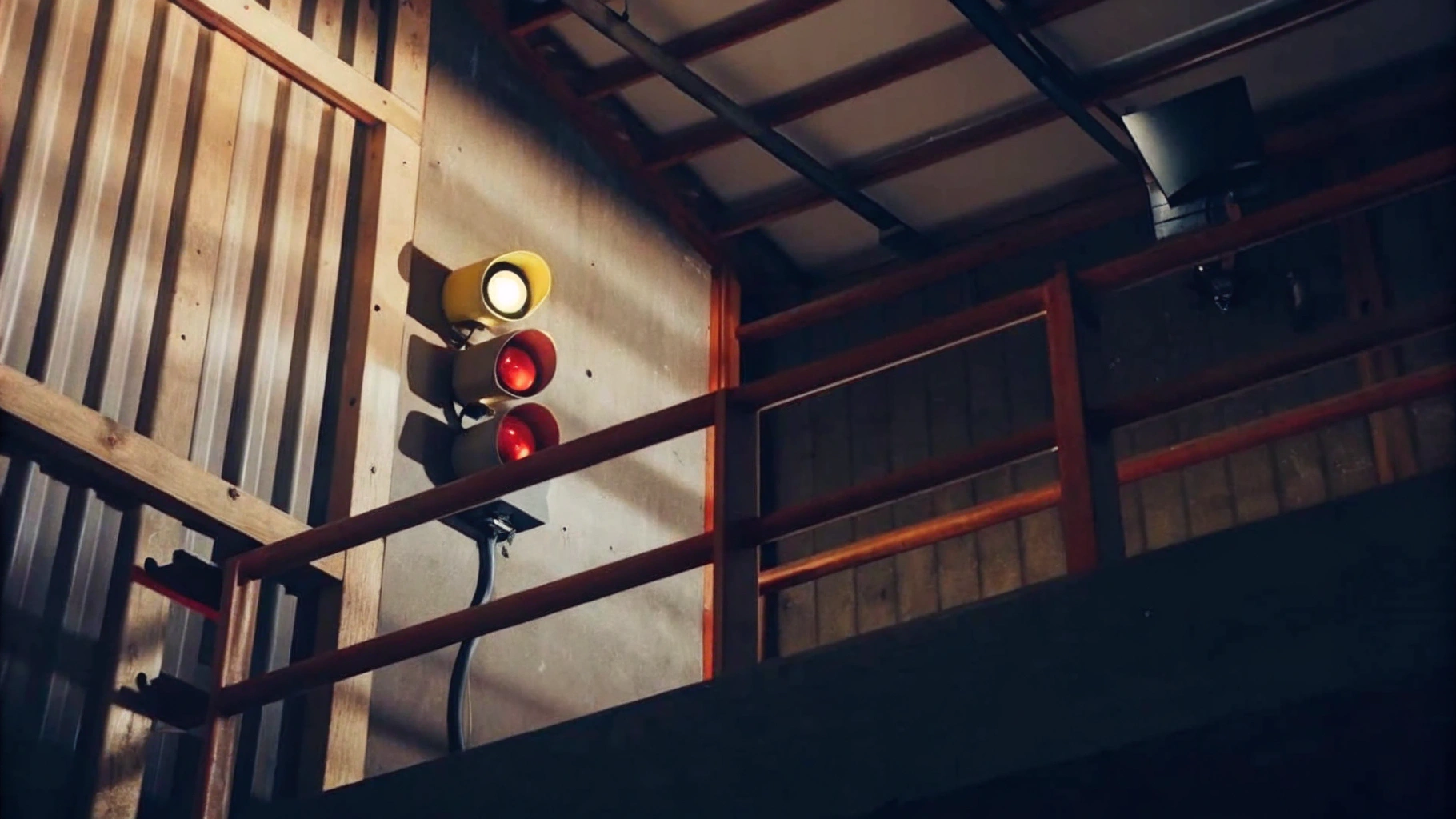
On-Site Security Personnel: Physical Presence for Immediate Response
Qualified protective staff are essential business security solutions for ensuring safety in building areas, as they provide a crucial physical presence that deters unlawful behaviour and ensures a prompt response to incidents. With 92% of UK construction supervisors reporting impacts from theft, the is underscored. These experts manage access points, conduct routine patrols, and respond swiftly to alarms, thereby enhancing business security solutions at the site. Their skill in identifying potential threats and handling emergencies is invaluable for implementing effective business security solutions to maintain a secure working environment.
Current trends highlight a growing focus on hiring personnel who are trained not only in surveillance but also in emergency response protocols as essential components of effective business security solutions. For instance, guards perform regular inspections to ensure compliance with regulations, helping to prevent incidents and disruptions on-site. This proactive approach to business security solutions is critical, especially considering that theft in construction costs the UK industry £800 million annually.
Practical examples illustrate the effectiveness of protection teams in enhancing construction site safety. The presence of safety personnel encourages workers to adhere to safety protocols, thus reducing the likelihood of accidents. As noted by industry specialists, the blend of trained personnel and advanced 24/7 monitoring establishes robust business security solutions that create a multi-layered defence against potential threats.
Moreover, the integration of modern surveillance technology, such as Priority First's business security solutions, enhances personnel capabilities. This integration facilitates real time monitoring and rapid responses to any suspicious activities, ensuring that your construction site remains under constant surveillance. Priority First is committed to integrating its services with existing protection systems, offering business security solutions that enhance safety and operational efficiency. Investing in professional protection services is not merely a precaution; it is a strategic decision that can lead to significant financial savings and improved operational efficiency.
Smart Reporting Systems: Real-Time Insights for Proactive Management
Intelligent reporting systems provide project managers with real-time information on site safety, which is essential for proactive oversight of potential threats. These systems generate alerts for unusual activities, meticulously track access logs, and compile detailed reports on security incidents. The reality is that, by utilising intelligent reporting, project managers can significantly enhance their situational awareness, enabling them to make informed decisions and take prompt actions to mitigate risks. This proactive approach not only strengthens but also fosters a culture of awareness within building environments, ultimately leading to more secure and efficient operations.
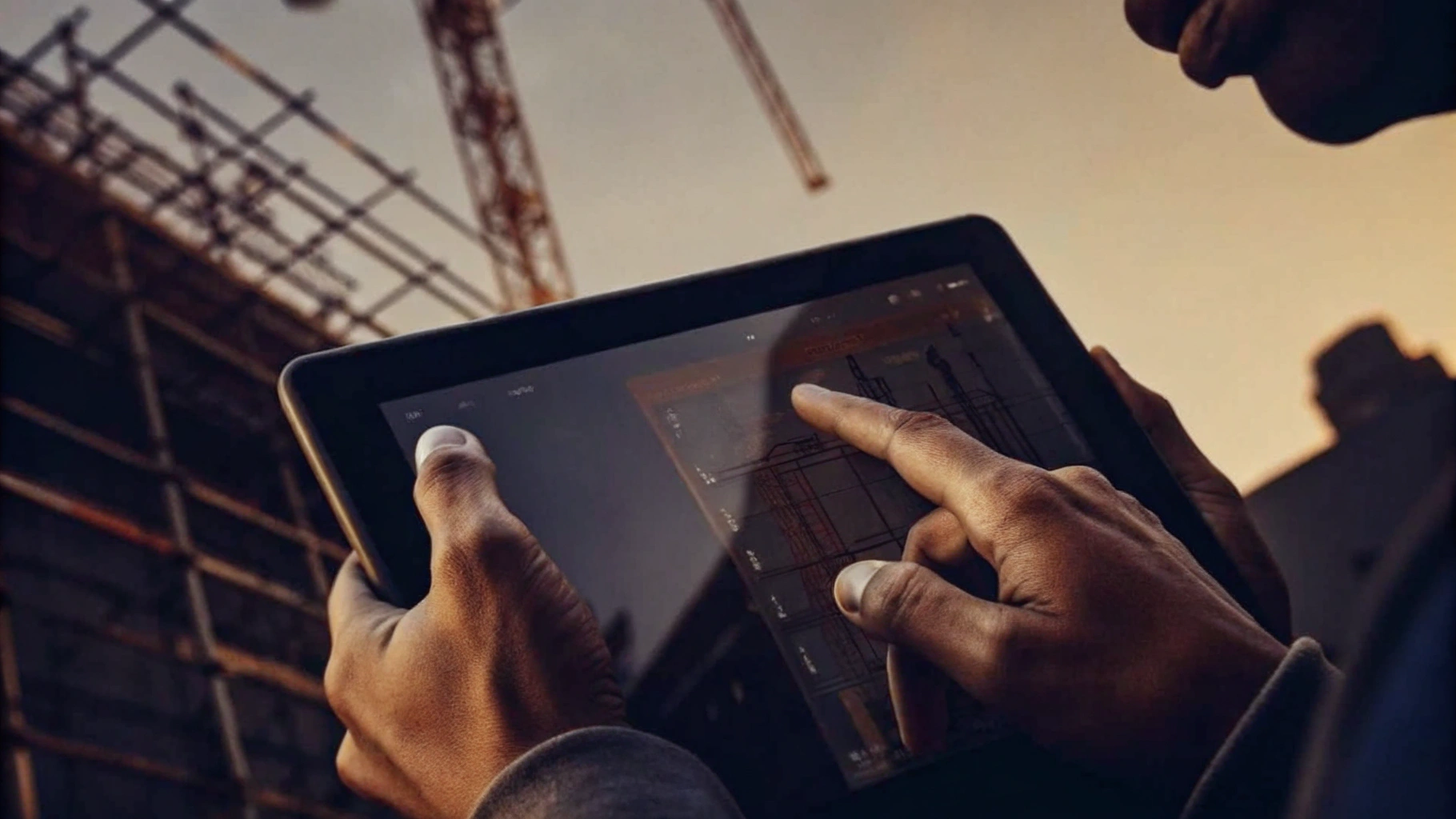
Emergency Response Plans: Ensure Safety and Preparedness
Emergency response plans are essential for safeguarding personnel on construction sites, detailing procedures for various emergencies such as fires, medical incidents, and severe weather. Regular drills and training sessions are necessary to ensure all personnel are familiar with these protocols, significantly enhancing preparedness and response capabilities.
As expert Walter Dill Scott noted, the future of protection relies on improving educational techniques rather than merely developing new equipment. This underscores the importance of in emergency preparedness. Furthermore, effective communication during drills cultivates a culture of safety, empowering employees to take ownership of their roles in emergency situations.
Current trends highlight the integration of technology in training, enabling more realistic simulations and better engagement. By prioritising preparedness training and conducting regular emergency drills, project managers can foster a safer work environment, ultimately reducing risks and ensuring a swift, coordinated response when incidents occur.
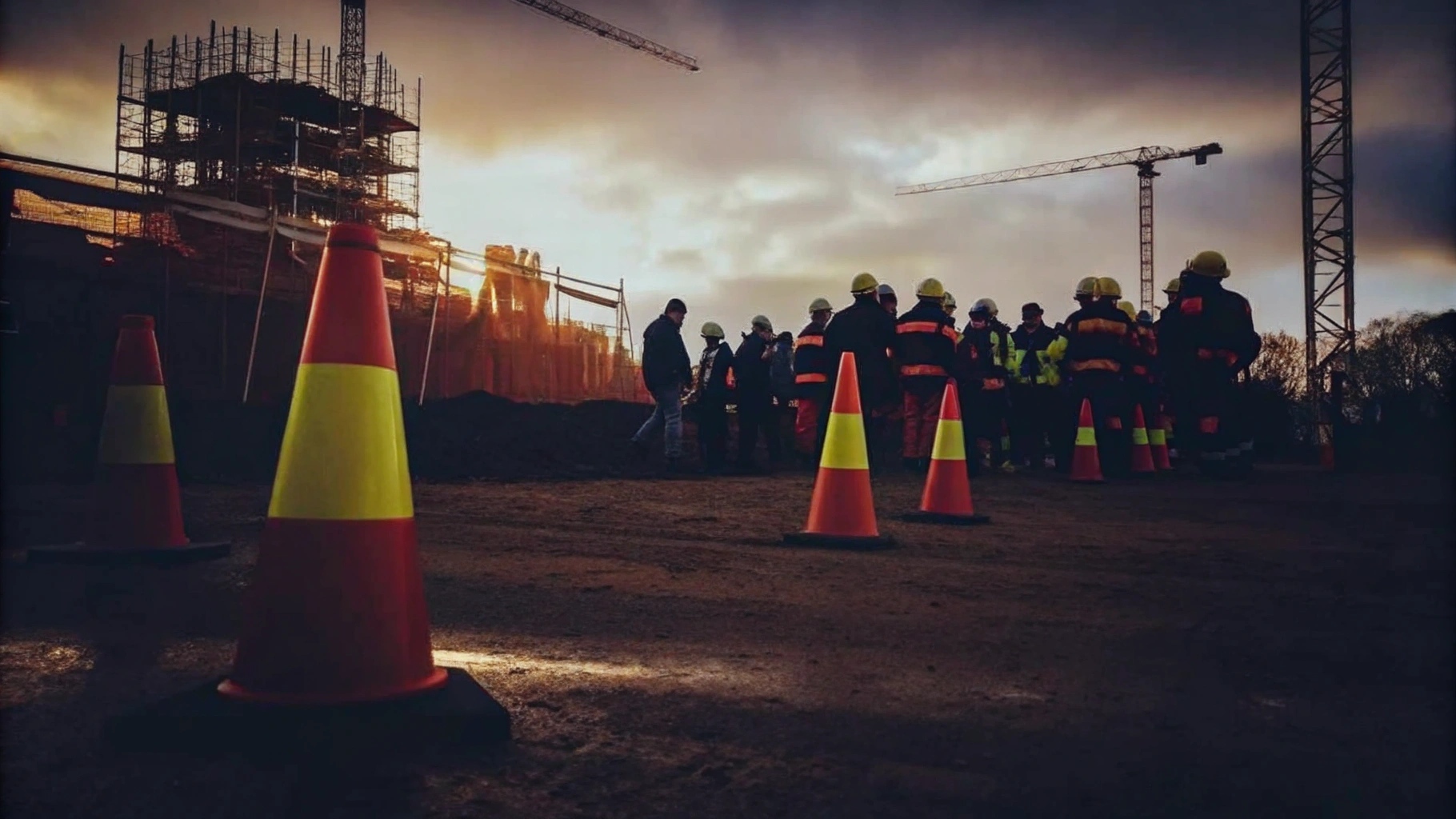
Cybersecurity Measures: Protect Digital Assets on Construction Sites
As building sites increasingly incorporate digital tools and technologies, the significance of robust cybersecurity measures is paramount. Implementing comprehensive business security solutions—such as firewalls, encryption, and regular employee training—is essential for safeguarding sensitive information and mitigating cyber threats. Recent statistics reveal that 93% of businesses and 95% of charities that experienced cyber crime reported phishing as the most prevalent threat, highlighting the need for vigilance in protecting digital assets.
Construction managers must prioritise cybersecurity to maintain the integrity of their operations in this interconnected landscape. For instance, a local HVAC company faced a ransomware attack that compromised their server, risking significant operational downtime. Thanks to and a well-structured disaster recovery plan, they managed to restore functionality within hours, demonstrating the effectiveness of preparedness.
Current trends in cybersecurity for building technology include the adoption of advanced ransomware protection and continuous risk assessments. Experts emphasise that organisations should not only focus on immediate threats but also develop long-term strategies to enhance their cyber resilience. As one cybersecurity specialist observed, "The changing environment of cyber threats necessitates a proactive strategy to safeguard digital assets, particularly in industries where sensitive information is increasingly vulnerable."
By investing in strong cybersecurity frameworks, project managers can ensure the protection of their digital assets, thereby enhancing operational efficiency and safeguarding their initiatives against potential cyber incidents.

Comprehensive Risk Assessments: Identify Vulnerabilities and Tailor Security
Thorough are crucial for identifying vulnerabilities specific to building locations. The reality is that by systematically assessing potential threats and examining current protective measures, project managers can develop tailored strategies that effectively mitigate risks. Frequent revisions to these evaluations are essential; they ensure that protective measures adapt to evolving threats and remain effective. Security professionals stress that identifying vulnerabilities is not merely about addressing current issues but also about anticipating future risks. As one specialist observed, 'Comprehending the particular obstacles of a building environment is essential to creating a strong protection framework.'
Ignoring these evaluations can lead to significant financial, operational, and reputational consequences for businesses. Successful examples of customised protective strategies include the integration of advanced surveillance systems and access control measures, which have proven effective in safeguarding assets and personnel. For instance, during the construction of a luxury hotel in Chelsea, Priority First's comprehensive access control systems ensured that only authorised individuals had entry to sensitive areas, significantly reducing the risk of theft and unauthorised access. Furthermore, their logistics management services assisted in coordinating deliveries and tracking personnel movements, further enhancing location safety.
In practise, by prioritising comprehensive risk assessments and considering technologies such as intelligent CCTV monitoring and access control systems, construction managers can improve the overall safety and security of their sites. The lesson is clear: investing in robust security measures not only protects assets but also ensures that businesses are well-prepared to tackle both present and future challenges.
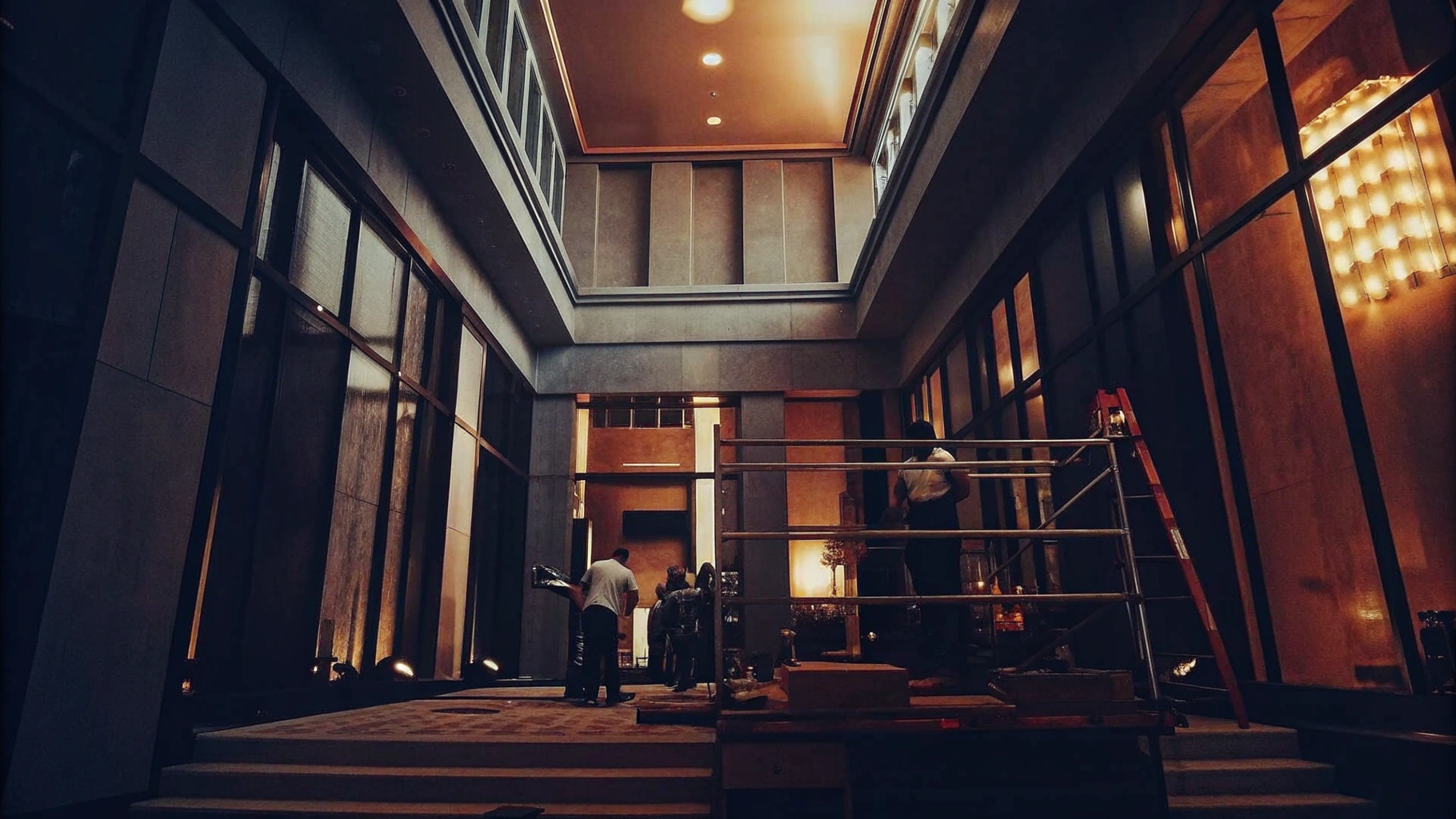
Conclusion
Prioritising security on construction sites is a strategic imperative for project managers. The need for comprehensive business security solutions underscores the multifaceted approach required to safeguard assets, personnel, and operations. By integrating advanced technologies such as AI-driven surveillance, robust access control systems, and on-site security personnel, construction managers can create a secure environment that mitigates risks and enhances operational efficiency.
The reality is that tailored security measures are essential in addressing the unique challenges faced by the construction industry. Alarming statistics surrounding theft and vandalism reveal the critical role of emergency response plans and cybersecurity. Ignoring these risks can lead to significant financial, operational, and reputational consequences. Implementing intelligent reporting systems and conducting thorough risk assessments empower managers to anticipate threats and adapt their strategies accordingly.
In practise, the construction sector must embrace a culture of security that prioritises safety and preparedness. Investing in comprehensive security solutions not only protects valuable assets but also fosters a safe working environment that benefits all stakeholders involved. The lesson is clear: as the landscape of construction continues to evolve, staying ahead of security challenges through innovative measures will be paramount to ensuring the success and integrity of projects.
Frequently Asked Questions
What security issues does Priority First Security Services address in the construction industry?
Priority First Security Services addresses theft and vandalism, which are critical issues in the construction industry, as highlighted by over 12,979 burglaries reported in the UK construction sector in 2023.
How does Priority First enhance security on construction sites?
Priority First provides tailored protection solutions that include advanced technology such as AI-driven tools and intelligent CCTV systems, enabling real-time monitoring and swift incident responses.
What are the benefits of the 24/7 CCTV monitoring service offered by Priority First?
The 24/7 CCTV monitoring service acts as both a deterrent and a tool for immediate threat detection, ensuring vigilant surveillance of properties even outside regular hours and helping manage diverse site activities.
Why is having experienced personnel important for site security?
There is a significant shortage of licenced security professionals, making trained on-site staff essential for effective safeguarding and ensuring that building projects are adequately protected.
What role do AI-powered surveillance systems play in construction site security?
AI-powered surveillance systems enhance monitoring and threat detection by using intelligent video analytics to identify unusual behaviour and reduce false alarms, allowing for quicker responses to potential threats.
What is Hostile Vehicle Mitigation (HVM) and why is it important?
HVM involves implementing physical measures such as bollards and barriers to prevent vehicles from being misused as weapons, which is particularly relevant in construction sites with frequent public interactions.
How do access control systems contribute to site security?
Access control systems manage entry and exit points, ensuring that only authorised individuals can access sensitive areas, which significantly mitigates the risk of theft and vandalism.
What is biometric access control and its advantages?
Biometric access control uses unique physical characteristics, like fingerprints or facial recognition, to verify identity, making it nearly impossible for unauthorised individuals to gain entry and improving operational efficiency.
How can project managers develop a tailored access control strategy?
By prioritising personalised risk management and consulting services from Priority First, project managers can conduct threat evaluations and develop policies that align with their specific risks and operational objectives.
What is the overall significance of investing in security solutions for construction sites?
Early investment in security measures is crucial to prevent greater losses in the future and to enhance operational efficiency while protecting valuable assets and ensuring compliance with safety regulations.



